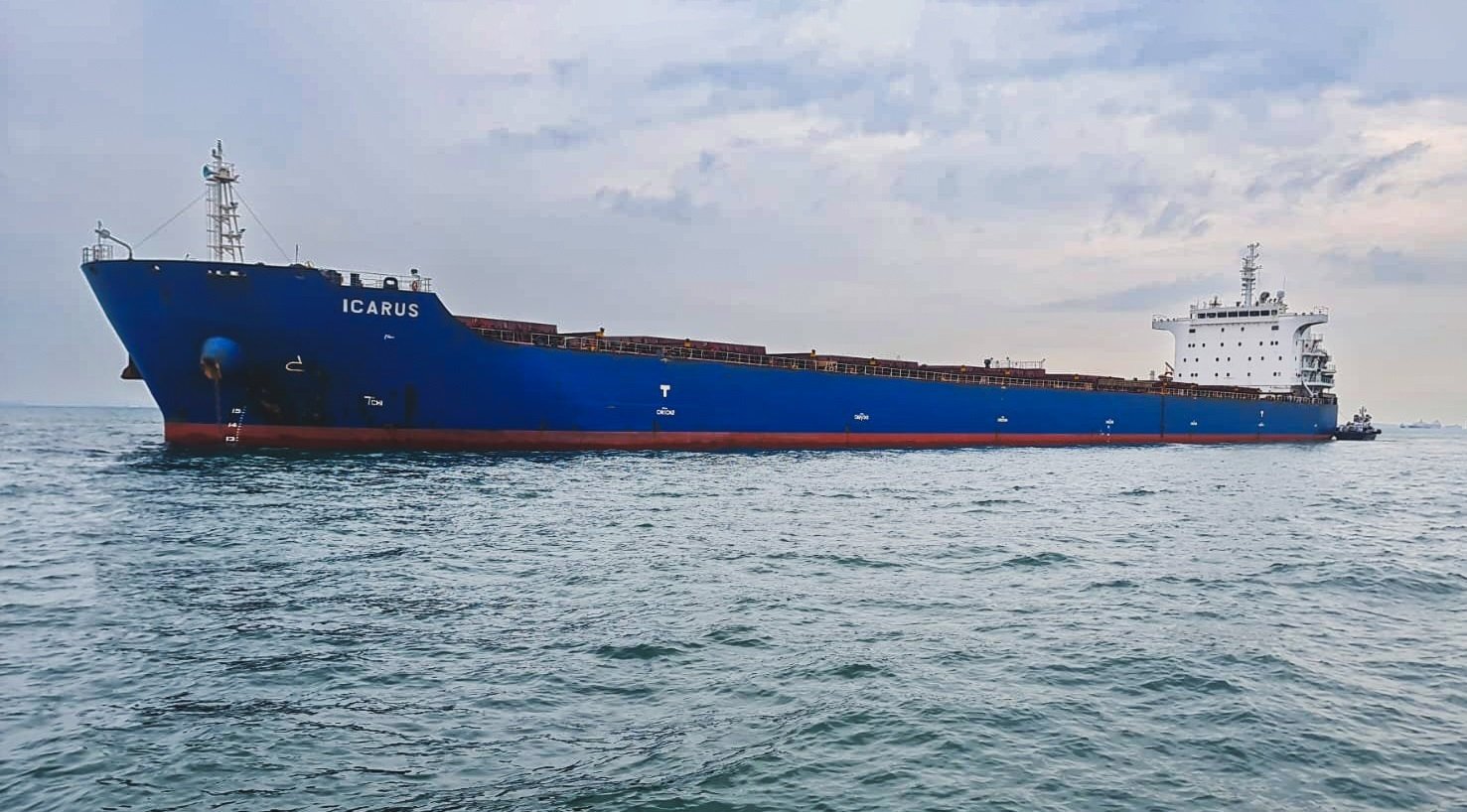The revised scheme guidelines for setting up Hydrogen Valley Innovation Clusters (HVIC) and Green Hydrogen Hubs provide the framework for identifying and supporting potential regions capable of large-scale hydrogen activity.
India’s Ministry of New and Renewable Energy has recognised three major ports – Deendayal Port Authority (Gujarat), V.O. Chidambaranar Port Authority (Tamil Nadu), and Paradip Port Authority (Odisha) – as Green Hydrogen Hubs under the National Green Hydrogen Mission. This marks a significant step towards creating an integrated hydrogen ecosystem and advancing India’s transition towards clean energy.
The National Green Hydrogen Mission aims to position India as a global hub for the production, utilisation, and export of green hydrogen and its derivatives. It promotes the development of large-scale hydrogen hubs to serve as focal points for production and consumption, thereby facilitating the establishment of a sustainable and competitive hydrogen economy.
Sarbananda Sonowal, the Minister of Ports, Shipping & Waterways, said this recognition marks a defining moment in India’s maritime journey as the country transitions to become a modern, capable, and leading player in the global maritime segment. “We are working towards building an ecosystem of sustainable development that will power India towards realising the vision of becoming net zero by 2070. Ports are important nodes in this transition. As Green Hydrogen hubs, our ports will act as catalysts of clean energy innovation.”
He added that India’s ports will empower the country and leverage its strategic positions along the eastern and western trade routes to drive the region towards sustainable logistics. The mission acknowledges the logistical and technical challenges associated with long-distance hydrogen transport, and as such, adopts a cluster-based developmental model. Doing so enhances early-stage project viability, enables infrastructure convergence, and helps achieve economies of scale in identified regions.
Moreover, the revised scheme guidelines for setting up Hydrogen Valley Innovation Clusters (HVIC) and Green Hydrogen Hubs provide the framework for identifying and supporting potential regions capable of large-scale hydrogen activity. The Ministry of New and Renewable Energy may recognise locations as Green Hydrogen Hubs without direct financial assistance, thereby facilitating access to incentives and benefits available under the other central or state government schemes.
Furthermore, projects established with the designated zones – Deendayal, V.O. Chidambaranar, and Paradip Port – will be eligible for benefits available under other relevant schemes and policies of the Central and State Governments, including those linked to the National Hydrogen Mission. Recognition of these ports is expected to catalyse industrial participation, attract green investments, and promote innovation in clean fuel technologies, supporting India’s broader vision of achieving energy self-reliance and net-zero emissions by 2070.





